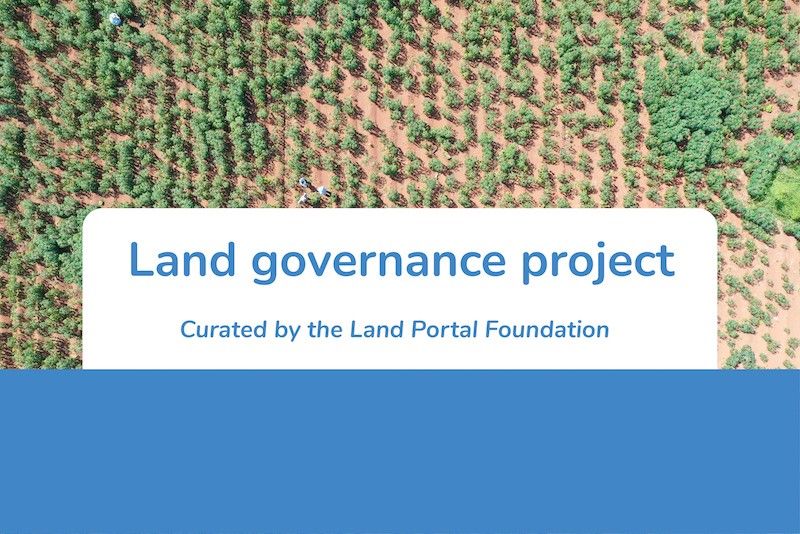Community / Land projects / Enhancing the protective environment for most vulnerable individuals and communities in Koch County, and provi
Enhancing the protective environment for most vulnerable individuals and communities in Koch County, and provi

€457121.9876
09/19 - 02/20
Завершено
This project is part of
Implementing Organisations
Donors
Data Providers
Objectives
DRC proposes to implement a combined protection project, including general protection (GP) and Housing, Land and Property (HLP) activities, and sexual and gender-based violence (SGBV) prevention and response programming for vulnerable women, men, girls and boys of both internally displaced and host communities in Unity State. The project is designed to provide protection services through strengthening the protection capacity and resilience of the most vulnerable individuals in communities of Koch and Rubkona Counties (including Bentiu PoC), and to increase access to lifesaving GBV prevention and response services, in line with the HRP cluster objectives and strategy of 2019. The proposed activities are a continuation of DRC’s current SSHF 2019 SA1-funded protection and GBV projects in Koch County and HLP-related activities in Rubkona County, building on initial findings from an assessment conducted in Rubkona. The proposed project will target both IDPs and vulnerable host community members, reaching an estimated 17,240 total individuals, including 4,225 men, 8,220 women, 2,046 boys and 2,749 girls. Ongoing intercommunal violence and armed clashes between opposition groups in Unity State mean that communities in Koch County, the situation is exacerbated by access challenges to remote communities. Through the proposed intervention, DRC will provide protection mitigation and response activities in Koch County in areas including Pet Pet, Mir Mir, Patit, Buaw, Bang, Rier and Koch town communities. DRC will conduct protection monitoring, community-based protection activities through 3 established Community Based Protection Networks (CBPNs) in Koch county and create 3 additional CBPNs, identify PSNs, provide individual protection assistance (IPA), distribute of core relief items (CRIs), provide referrals to other humanitarian actors, and advocate with relevant response actors. HLP rights is becoming one of the most critical issues for IDPs in South Sudan, with households in Rubkona County particularly affected. Flow monitoring data from DRC and other actors has identified increased returns and changes in displacement trends in the first half of 2019, impacting HLP issues. In response, DRC conducted a HLP and access to justice assessment in June-July 2019, through the SSHF SA1. Preliminary findings indicate that HLP concerns should be analysed and addressed with caution in Bentiu, given the inequalities between different groups, linked to land access and to land rights, the political dynamics, and fragility of the peace process. The assessment also indicates that there is a gap in awareness regarding HLP rights among displaced and conflict affected populations in Bentiu PoC, Bentiu and Rubkona towns. Considering this, DRC will carry out the following activities: provide HLP awareness to IDP households, support vulnerable returnees with access to land tenure documents (utilising a do-no-harm approach), conduct HLP monitoring, and provide HLP trainings to relevant government bodies to enhance legal knowledge. From current programming in Koch County, DRC has identified an increase in GBV cases and increased vulnerability of women and girls (especially among returnee population) due to compounding vulnerabilities. In response, DRC will provide PSS in line with PSS and case management Minimum Standards will refer GBV cases to appropriate specialized partners and service providers as part of an established referral pathway, and will update to include new service providers identified will provide awareness raising activities and outreach sessions GBV, including refresher trainings to community leaders on immediate and appropriate responses for GBV incidents and prevention through regular community activities. DRC also proposes to implement an integrated protection mobile team (IPMT) component that targets 10,000 individuals, please the see attached IPMT proposal under document tab for further details on the project summary.


